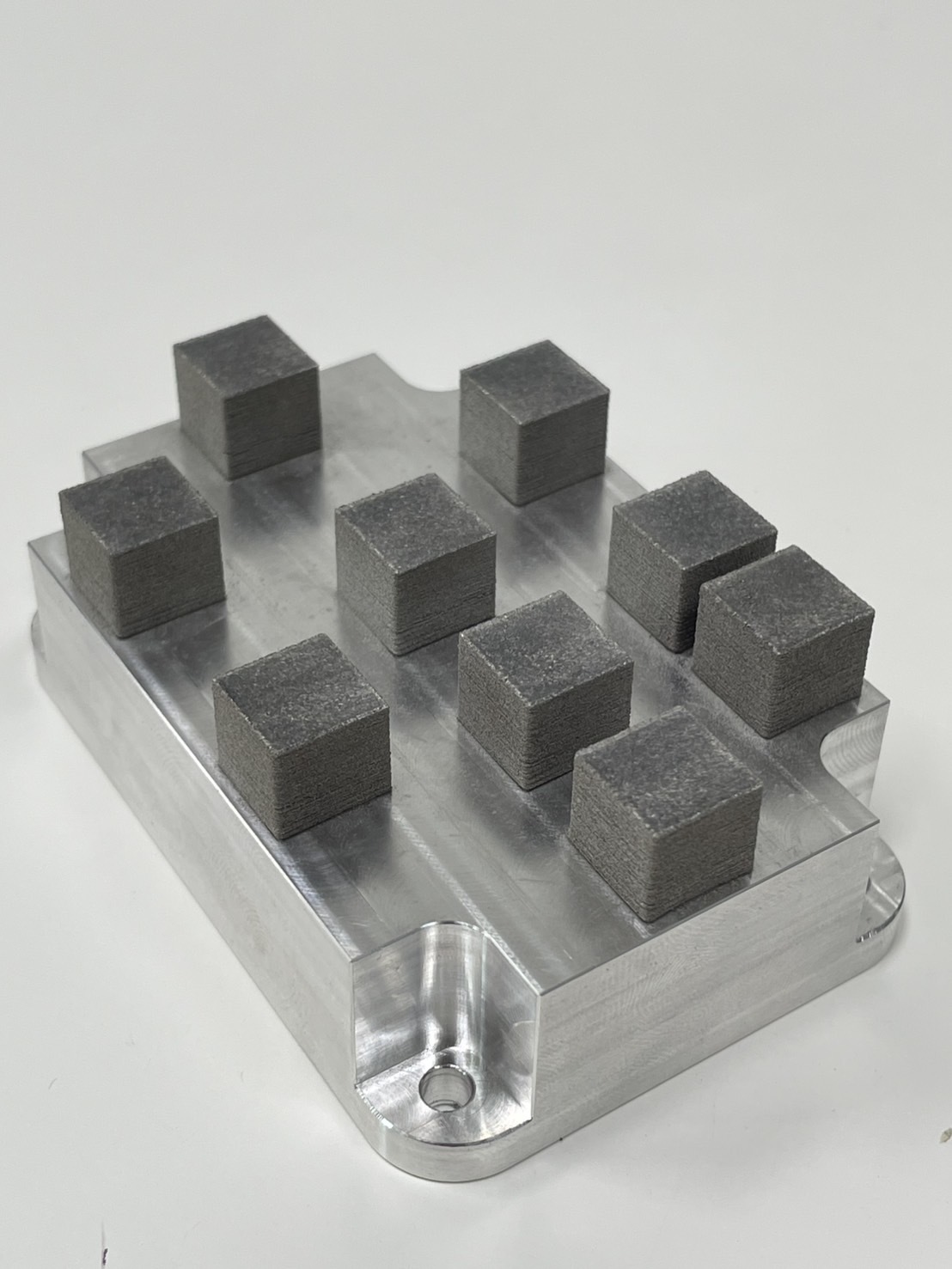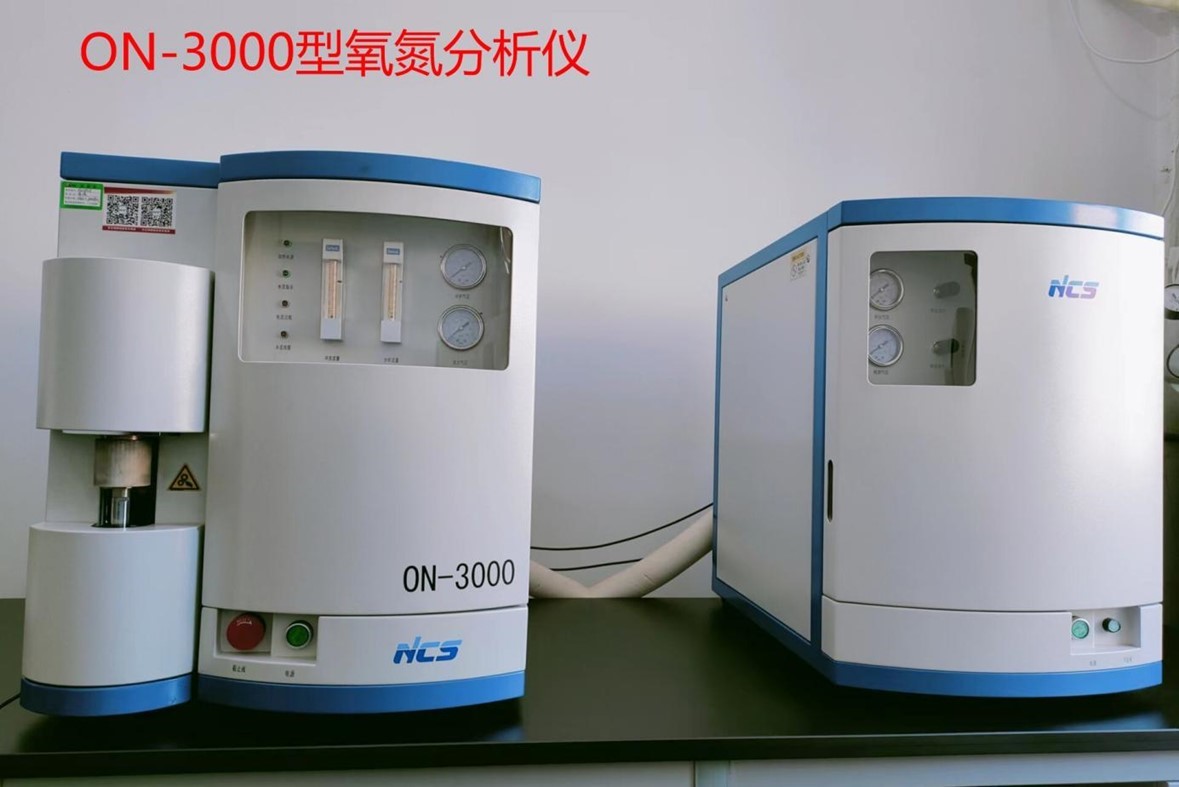2025-10-16
The Importance of Controlling Oxygen and Nitrogen Content in Metal Powders for 3D Printing
Metal additive manufacturing (AM) has revolutionized the way high-performance components are produced. However, the success of any metal 3D printing process largely depends on one key factor — the quality of the metal powder. Among all quality indicators, oxygen (O) and nitrogen (N) levels are two of the most critical. Excessive oxygen or nitrogen can drastically reduce mechanical strength, corrosion resistance, and surface finish of printed parts.

1️ How Oxygen and Nitrogen Affect Printing Performance
Oxygen and nitrogen exist in metals as interstitial solutes or in the form of oxides and nitrides, directly impacting material properties:
- Reduced Mechanical Performance:
High oxygen content distorts the crystal lattice — increasing hardness but decreasing ductility and toughness. - More Printing Defects:
Oxidized powder surfaces often lead to pores, cracks, and balling effects during laser melting, resulting in rough surfaces and lower density. - Safety Risks:
Elevated oxygen concentration in the printing chamber can trigger powder ignition or explosions, especially for reactive metals such as magnesium, titanium, and aluminum.
2️ Sources of Oxygen and Nitrogen Contamination
Contamination can occur during powder production, storage, and printing:
- Powder Production:
Impurities from raw materials, insufficient inert gas purity, or air leakage during atomization introduce oxygen and nitrogen. In gas atomization, insufficient inert gas flushing or prolonged cooling exposes powder to oxidation. - Printing Process:
Leaks in the chamber or low-purity inert gas (argon or nitrogen) increase oxygen/nitrogen ingress into the molten pool. - Storage and Recycling:
Reactive metal powders readily oxidize when exposed to air. Recycled powders often show higher oxygen levels than virgin powders, affecting part quality and consistency.
3️ Tangshan Weihao’s Solution
At Tangshan Weihao Magnesium Powder Co., Ltd., we continuously optimize our proprietary multi-stage atomization process to effectively control oxygen content and ensure consistent powder purity. Our spherical magnesium and magnesium alloy powders deliver superior flowability, high sphericity, and low oxygen content — enabling reliable performance in aerospace, biomedical, and automotive additive manufacturing.

Related information

